Victoria is the royal flush of Australia’s easy-going yet adventurous regions, writes David Whitley.
Like this and want more details? Click here to download and save as a PDF.
In recent years, Melbourne’s reputation as a world-class city in its own right has strengthened considerably.
The “laneways”, coffee shops, bars and restaurants have an energy to match the best on the planet. But Melbourne’s traditional strength – as a hub for visiting some of the loveliest places in Australia – remains just as valid.
Victoria may not pack in the otherworldly reef and outback attractions of other Australian states, but it does cram an awful lot of prettiness and good living into a relatively small area.
Sell
Wine-tasting, wildlife and walking feature prominently, but Victoria also offers a fair amount of history and adventure.
Many of the key destinations are eminently doable as day trips from Melbourne, although these can feel a touch rushed and perfunctory.
The Great Ocean Road is the classic example – it’s Victoria’s tourist staple, but it’s a long old slog to do in one day. It’s also a drive that’s less about the highlights reel – though the ocean-battered Twelve Apostles and London Bridge rock formations are wonderful – and more about the slow-cooked detail. Laidback coastal towns such as Lorne, Apollo Bay and Port Fairy have buckets of charm, alongside marvellous walking trails and waterfalls. Migrating whales can often be seen from the cliffs at Warrnambool, and the Tower Hill Wildlife Reserve, just outside the town, is a great spot for seeing emus and echidnas.
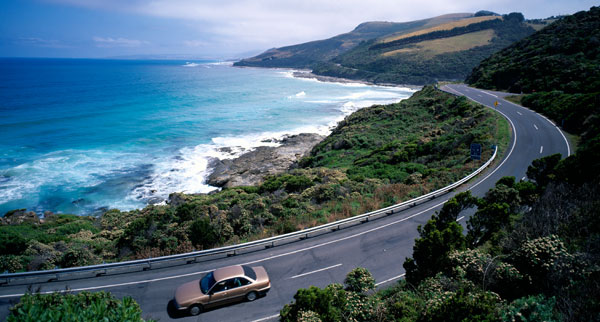
Outdoorsy types should swing back to Melbourne via the Grampians, a cluster of mountain ranges that provide staggering views at virtually every turn, and miles of majestic bushwalking. Mount Arapiles is also Australia’s major rock-climbing centre.
If going east rather than west, the Yarra Valley and Mornington Peninsula are among Australia’s best wine regions. The Yarra Valley is a classic weekend escape for Melburnians, and is crammed with good restaurants. The Mornington Peninsula, on the other hand, is a little more spread out and wild, although the chic bayside town of Sorrento is very much sunglasses and glass-clinking territory.
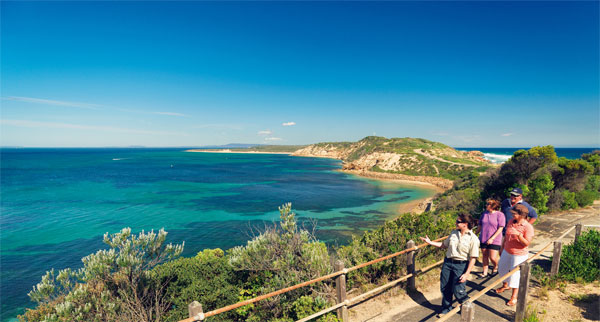
At the tip of the peninsula, Point Nepean National Park is fascinating, partly because of the military fortifications that date from the 1870s.
And then there’s Melbourne’s biggest staple – Phillip Island. Huge numbers of tour buses rock up to the Penguin Parade there every night, as people jostle to see the impossibly cute little penguins waddle ashore from the sea. But that’s not all the island has – there are some good surf breaks, plenty of seal-spotting opportunities and a koala conservation centre for those who allocate a little extra time.
See
Most of Phillip Island’s wildlife attractions are packed into a 10-hour tour that leaves Melbourne just after lunch and returns late at night. 1st Class Holidays sells the Penguin Parade tour for £96 (£48 for under-12s).
For something distinctly stranger than koalas, however, Bayplay at Portsea, on the Mornington Peninsula, offers £59 snorkelling tours that take swimmers to see weedy sea dragons. These fragile little oddities look like seahorses dressed up in flamboyant cabaret costumes. It’s possible to make a day of it at this well-run activity hub, which also offers stand-up paddleboarding, sea kayaking and guided bike tour adventures. bayplay.com.au
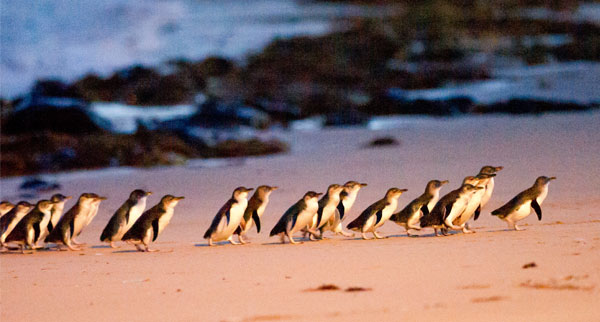
In the Yarra Valley, the prime attraction is Healesville Sanctuary, which is one of the best places in Oz to see native wildlife gathered in one place. Animal lovers can tick off the platypus, Tasmanian Devil and dingo, as well as the more ubiquitous roos and koalas. zoo.org.au/healesville
Speaking of roos, the one place you’re practically guaranteed to see them in the wild is on the Anglesea Golf Course, which is handily near the start of the Great Ocean Road. Further along, the heavily forested area around Cape Otway is koala central.
This is also where Otway Fly Treetop Adventures can be found. Visitors have two options: a treetop walk on a canopy walkway that winds around the upper reaches of the rainforest, or a two-and-a-half-hour zipline tour. The latter involves guests whizzing through the rainforest at high speeds, and teetering on suspension bridges. A £71 ticket covers both. otwayfly.com
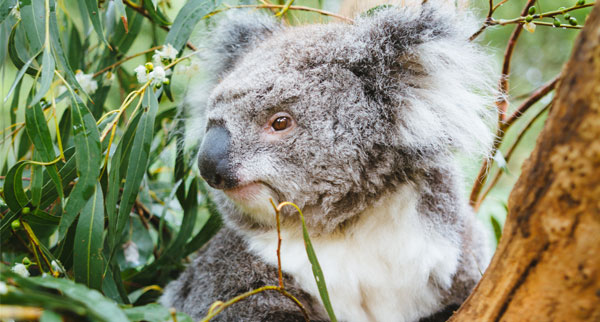
In the Grampians, self-drivers can pick up walking maps at the Halls Gap Visitor Information Centre, and string together a series of rock shelters marked with Aboriginal cave paintings into a hiking route. To delve a little deeper, Brambuk cultural centre in Halls Gap goes into the art, Dreamtime creation stories, music, weapons, food and tools of the Koori people, who have traditionally inhabited the area. brambuk.com.au
Perhaps regional Victoria’s most impressive attraction is in the 1860s gold-rush city of Ballarat. Sovereign Hill is a re-creation of a mining settlement, with shops manned by people carrying out traditional 19th-century trades, and horses and carriages clattering down the unpaved streets. As well as offering visitors the opportunity to pan for gold in a stream, the village features gold pours, mine tours, candlemaking demonstrations and musket‑firing exhibitions. Kids, in particular, will be in their element here. Entrance costs £32 for adults and £14 for children (family tickets are from £58). sovereignhill.com.au
Stay
There are plenty of serviceable chain hotels, motels and B&Bs outside Melbourne, but there are a few good options to work into an itinerary for those seeking something a little more memorable. In the Yarra Valley, for example, Chateau Yering offers 32 five-star suites in a Victorian mansion. Eleanore’s Restaurant is regarded as one of the best in the state, while the gardens in the 100 hectares of grounds are perfect for a stroll. Expect to pay from £243 a night. chateauyering.com.au
Woodman Estate on the Mornington Peninsula is arguably even sexier. The 19th-century manor house looks out on to a private lake, with balcony terraces overlooking the water. Heavy emphasis is put on the on-site spa, while high-tea packages are also available. B&B rates start at £233 a night. woodmanestate.com
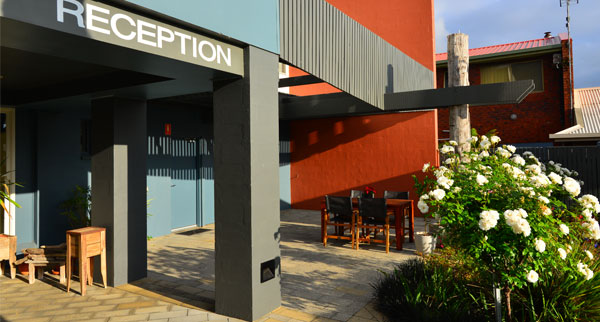
At the opposite end of the scale, the Grampians Eco YHA is a great example of how Australian hostels are leading the world. Designed to blend in with the surrounding environment, it has a herb garden, two self-catering kitchens and wood fires. Perhaps more importantly, kangaroos regularly rock up on the lawn in the evening. Doubles or twins start at about £40.
For those taking in a few areas, it may be easier to go with pre-packaged itineraries that include accommodation. For example, Austravel’s five-night True South self-drive option takes in Phillip Island and its Penguin Parade, the Mornington Peninsula, and visits to several small wineries in the area. Prices start at £499, including car hire.
It’s also easy to plot out a western loop. Anzcro offers a five-day self-drive trip along the Great Ocean Road, returning through the Grampians and Ballarat, from £552 per person. Overnight stops are in boutique properties Captain’s At The Bay in Apollo Bay, Oscars Waterfront Boutique Hotel in Port Fairy and the Royal Mail Hotel, just outside the Grampians National Park, which has a tremendous restaurant.




